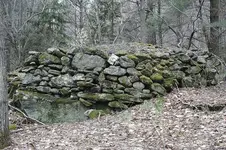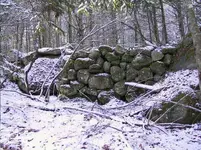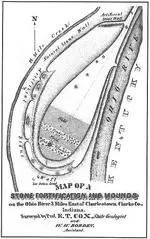boomer
Sr. Member
battle on ohio river
photos and drawing to do with above. some rock alters or forts near battles on ohio river and one fort on ohio side of river before dam destroyed everything. I have looked at indian mounds and stone mounds that were supposed to be Viking or welch. but the stones below are to neat, looks more like stone structures seen in the northeast that were worked by people from Europe?
photos and drawing to do with above. some rock alters or forts near battles on ohio river and one fort on ohio side of river before dam destroyed everything. I have looked at indian mounds and stone mounds that were supposed to be Viking or welch. but the stones below are to neat, looks more like stone structures seen in the northeast that were worked by people from Europe?
Attachments
Last edited:






